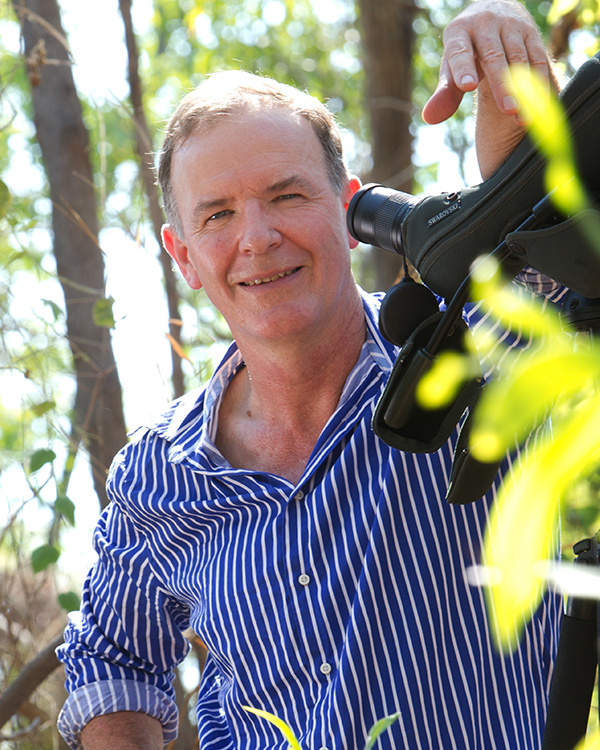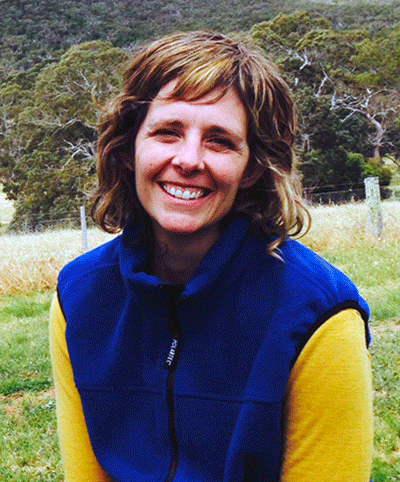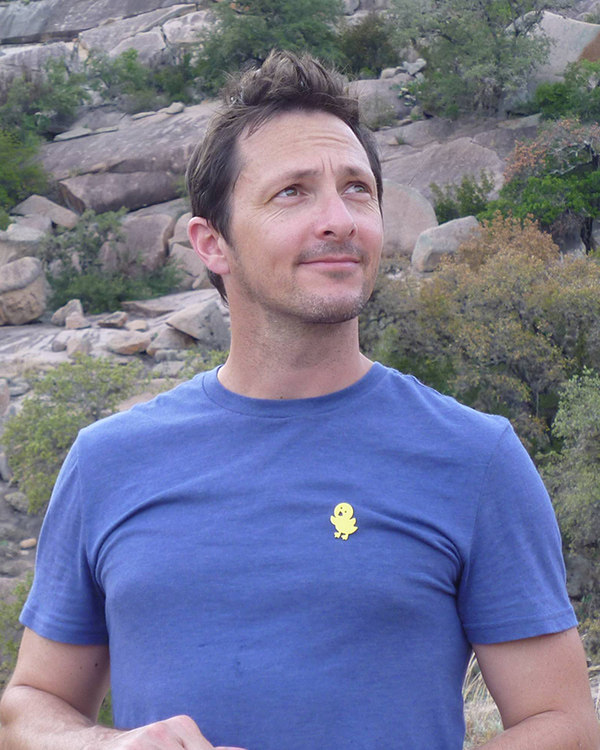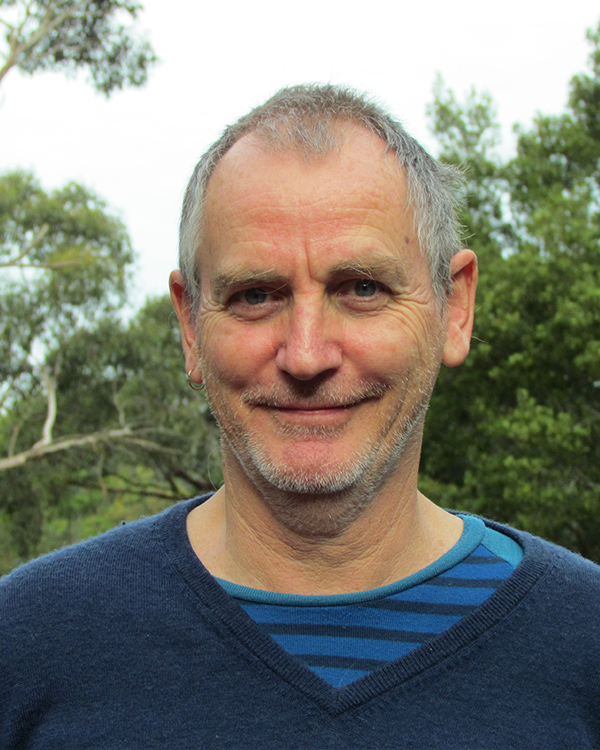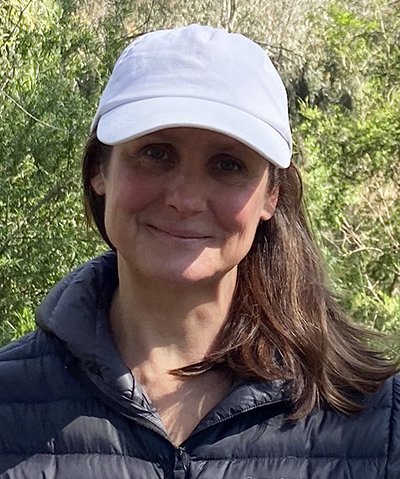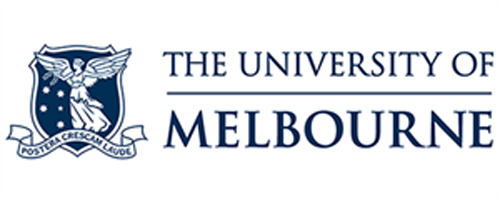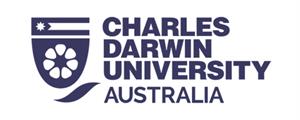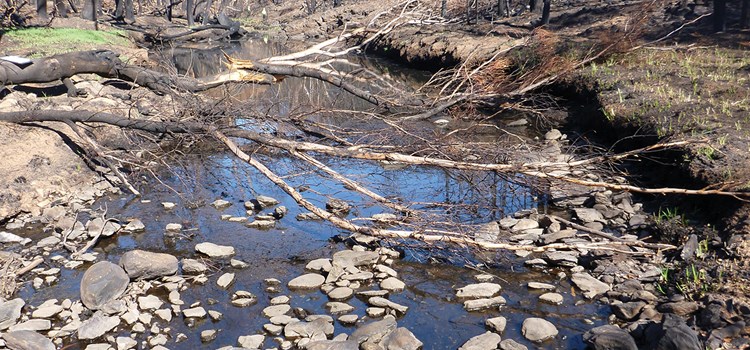
Project: 8.5.1
Protecting threatened species and communities during wildfires: Learning from the 2019–20 fires
Project Leaders: Stephen Garnett , Libby Rumpff , Brendan Wintle , John Woinarski
Research in Brief
The recent catastrophic fires tested the capacity of people and systems to conserve threatened species and ecological communities. Many conservation managers lacked prior information and suitable planning frameworks to help prioritise and guide protection of threatened species and communities during the fire event.
This project addresses these gaps by:
(1) interviewing conservation managers and operational state agency staff to determine what worked and what didn’t, what made the response efficient and what impeded it; and
(2) developing a road map that encompasses recommendations for improvements identified during interviews. The road map will guide governance and operational efforts to improve outcomes for threatened species and communities during fires.
Why is the research needed?
Large, intense bushfires are likely to become more frequent. Responses to protect life and property have improved greatly in recent decades, with far fewer lives lost in the recent fires than might have been expected given their scale and intensity. The same cannot be said for responses aiming to protect threatened species and communities during the catastrophic wildfires of 2019–20. While some were saved by swift and decisive action (e.g., the Wollemi pines), other biodiversity assets were lost or severely damaged, despite desperate attempts to save them.
Conservation outcomes for future fire events can be improved by documenting knowledge and learning from the recent fire season experience. The aim of this project is to develop a roadmap to assist governance and operational efforts to reduce biodiversity loss and better improve conservation outcomes during fires. This will be achieved by working with responders – managers, operational staff and scientists who were involved in planning or implementing fire or biodiversity management efforts prior to and during the 2019–20 fires – to find out what worked and what is needed. This will be combined with an understanding of risk management frameworks that could apply to conservation and recommendations from the people involved, to form a roadmap to guide improved management of threatened species and communities during fire events.
How will the research help?
The aim of this project is to draw on and learn from the experiences and practices of conservation managers to develop a roadmap to assist pre fire planning and firefighting actions to improve outcomes for biodiversity during large fire events. It will outline the steps in a risk management framework and a series of case studies highlighting approaches and tools, including their benefits
and limitations.
This project will lead to improved fire management planning and operational decisions to promote outcomes for threatened species and communities for the next bushfire or natural disaster event, by:
- A more holistic understanding of the challenges managers face during times of extreme crises such as large scale fire events, and their needs going forward. This will be achieved predominantly through Phase one of the project, through interviews with practitioners.
- A guide for better informed management planning for threatened species and communities during wildfire events, in preparation for similar large-scale emergencies in the future. This will be achieved predominantly through Phase two but informed by Phase one of the project.
What research activities are being undertaken?
The first phase of this project involves a mixed method approach with semi structured interviews with individual conservation practioners and operational staff, supported by a quantitative online survey. We will explore their experience with fire management up to the time of the last fires, including what they were focused on achieving and avoiding with their pre-fire planning and on ground fire-fighting operations. What went well, or badly, and why, known gaps in response, and practical short- and long-term measures that might improve responses in future.
In the second phase, we will produce a roadmap to guide planning and operational efforts to improve biodiversity outcomes. To do this, we will first synthesise the relevant steps into a risk management framework. This will be based on experience and practice from conservation practioners in the states and territories, but we will also draw from existing risk management frameworks and tools (specific to disaster response). We will then compile case studies or examples for each step in the framework, to highlight different approaches and tools used in post-fire response. The roadmap will be accompanied by a series of recommendations for fire planning and operations, based on the findings from both phases of the project.
Who is involved?
The project is being led by researchers from Charles Darwin University and The University of Melbourne.
Project partners include:
- Qld Department of Environment and Science, Threatened Species Unit
- NSW Department of Planning, Industry and Environment (Environment, Energy and Science)
- SA Department of Environment, Water and Natural Resources
- VIC Department of Environment, Land, Water and Planning
- Parks Victoria
- WA Department of Biodiversity, Conservation and Attractions
- ACT Environment, Planning and Sustainable Development Directorate
- TAS Department of Primary Industries, Parks, Water and Environment
- Bushfire Recovery Taskforce, Biodiversity Conservation Division, Department of Water, Agriculture and Environment
Where is the research happening?
The research is largely being carried out by online interview given constraints on travel due to COVID-19. Interviewees are conservation and fire managers and planners who were involved in the 2019/20 wildfires.
When is the research happening?
The project is running for nine months from October 2020 to June 2021.
Further Information
For more information please contact:
Stephen Garnett - stephen.garnett@cdu.edu.au
Top image: Woody debris trapping frog Spawn, Shawns Creek, 18 days post “Wambelong” fire, Coonabarabran, New South Wales. Image: Doug Beckers, CC BY-SA 2.0, Flickr
